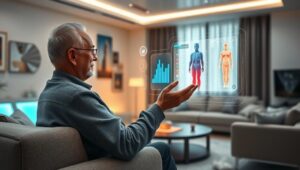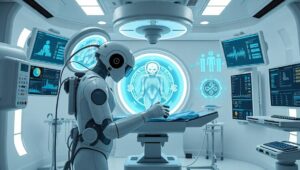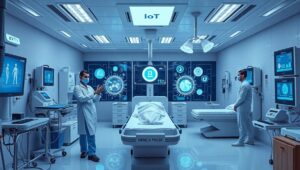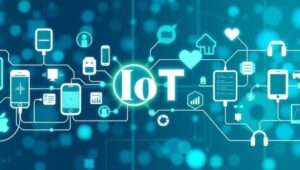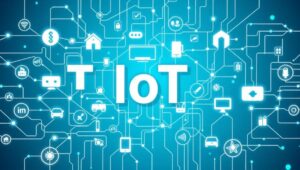May 24, 2025
IoMT for Elderly Care and Independent Living (2026)
The Internet of Medical Things (IoMT) is poised to revolutionize elderly care and independent living by 2026. This article explores the advancements, applications, and implications of IoMT in enhancing the quality of life for seniors. Advancements in IoMT Technology By 2026, IoMT devices will be more sophisticated, user-friendly, and integrated into daily life. Key advancements include: Miniaturization and Wearability: Smaller, more comfortable wearable sensors will continuously monitor vital signs, activity levels, and sleep patterns. AI-Powered Analytics: Advanced algorithms will analyze data in real-time, providing personalized insights and early warnings of potential health issues. Seamless Connectivity: 5G and improved Wi-Fi infrastructure
